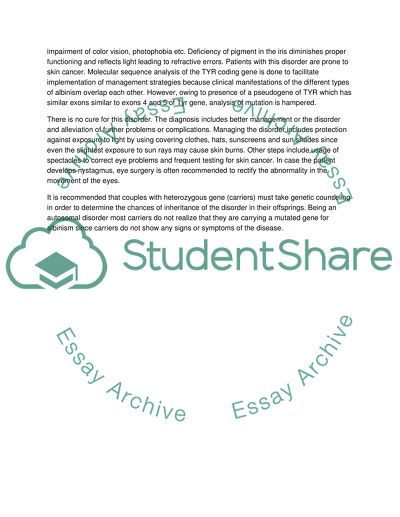Cite this document
(“Medical genetics Essay Example | Topics and Well Written Essays - 2750 words”, n.d.)
Medical genetics Essay Example | Topics and Well Written Essays - 2750 words. Retrieved from https://studentshare.org/health-sciences-medicine/1480972-medical-genetics
Medical genetics Essay Example | Topics and Well Written Essays - 2750 words. Retrieved from https://studentshare.org/health-sciences-medicine/1480972-medical-genetics
(Medical Genetics Essay Example | Topics and Well Written Essays - 2750 Words)
Medical Genetics Essay Example | Topics and Well Written Essays - 2750 Words. https://studentshare.org/health-sciences-medicine/1480972-medical-genetics.
Medical Genetics Essay Example | Topics and Well Written Essays - 2750 Words. https://studentshare.org/health-sciences-medicine/1480972-medical-genetics.
“Medical Genetics Essay Example | Topics and Well Written Essays - 2750 Words”, n.d. https://studentshare.org/health-sciences-medicine/1480972-medical-genetics.


